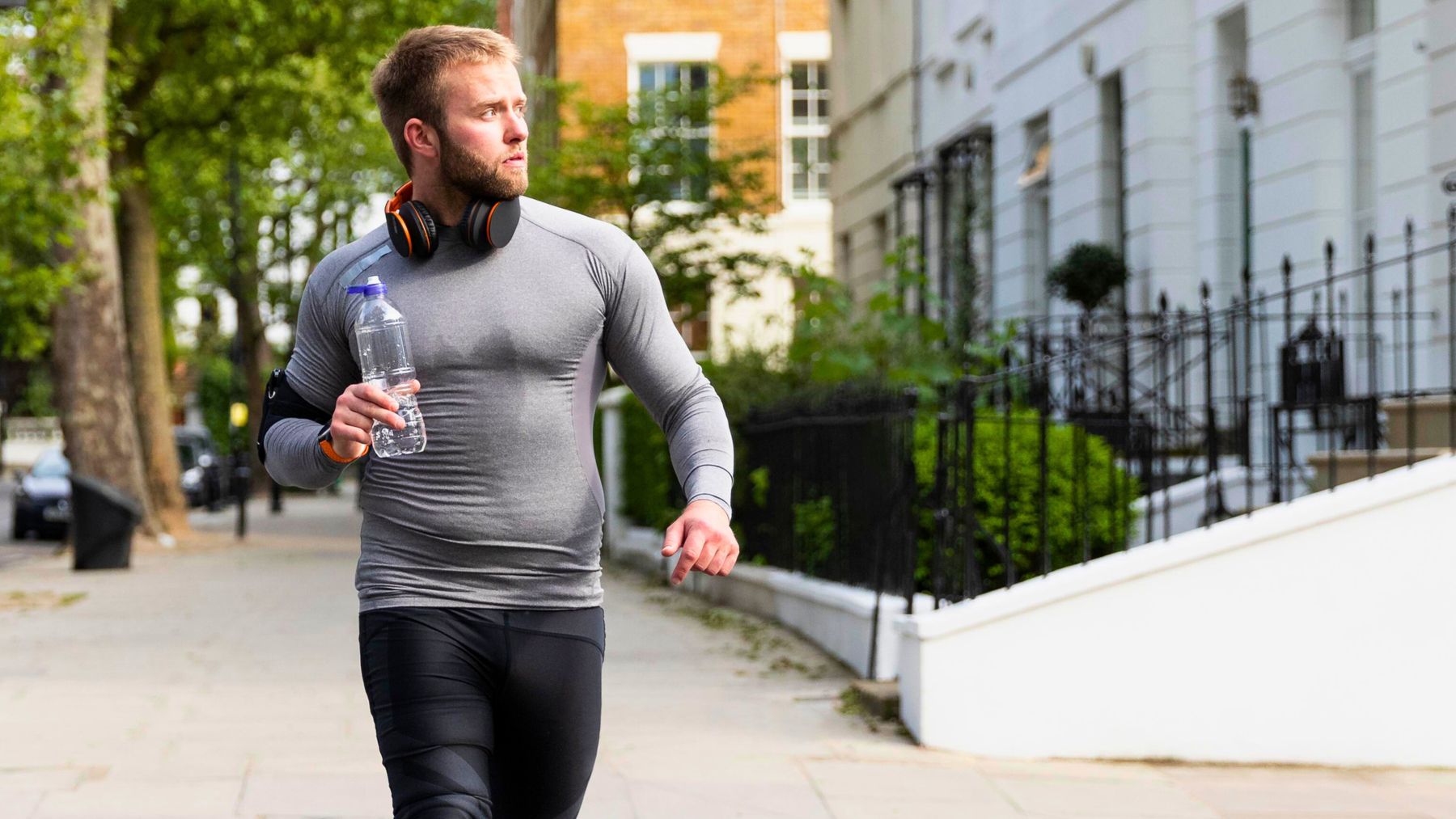Walking is often praised as one of the simplest and most effective forms of exercise. It boosts mood, strengthens the heart, and supports bone health, but many people wonder if it can actually burn belly fat. The short answer: yes, walking helps with fat loss, but maybe not exactly where you expect.
Experts say walking can contribute to weight loss when paired with the right habits. According to fitness and nutrition specialists like Albert Matheny, R.D., C.S.C.S., and Tara Schmidt, M.Ed., R.D.N., there’s a catch when it comes to targeting belly fat. Here, we’ll break down what walking can really do for your waistline and how to make the most of it.
What experts say about walking and belly fat
The idea that you can “burn fat” from one specific area—like your stomach—is one of the most common fitness myths. “You don’t get to pick where on your body you lose fat”, says Matheny. Fat loss happens all over the body, not in isolated spots, no matter what workout you do.
That said, walking is one of the best exercises for overall fat reduction. It burns calories, improves metabolism, and reduces visceral fat, the deeper fat stored around your organs that’s linked to heart disease and type 2 diabetes. Schmidt explains that while walking alone won’t specifically target abdominal fat, it can play an important role in achieving a calorie deficit.
Studies have shown that both slow and brisk walking can help decrease visceral fat, particularly in postmenopausal women. Walking regularly, even at a moderate pace, supports better cardiovascular fitness, blood sugar control, and mood. You won’t spot-reduce belly fat, but you will improve your body composition, energy levels, and overall health if you stay consistent.
How to get the most from your walks
If you want to make walking more effective for fat loss—especially around the midsection—experts suggest combining it with a few smart habits. These can help increase calorie burn and support long-term progress.
- Vary your intensity. Mixing in brisk intervals or uphill sections challenges your cardiovascular system and burns more calories than walking at a steady, slow pace.
- Add resistance. Using a weighted vest increases intensity safely without disrupting your gait, unlike holding dumbbells. This extra load helps strengthen your muscles while burning more energy.
- Walk on an incline. Hills or treadmill inclines recruit your glutes, hamstrings, and core, which helps tone your lower body and boosts fat burn.
- Focus on your posture. Keep your shoulders relaxed and your core engaged. Good form helps activate your abdominal muscles and prevents strain.
- Combine walking with strength training. Building muscle improves metabolism and helps your body burn more fat even at rest.
- Be consistent. Aim for at least 30 minutes a day, most days of the week.
Walking may not melt belly fat overnight, but it’s one of the most sustainable ways to move your body and manage your weight. When you combine it with mindful eating and resistance training, it becomes a powerful tool for improving your health.
